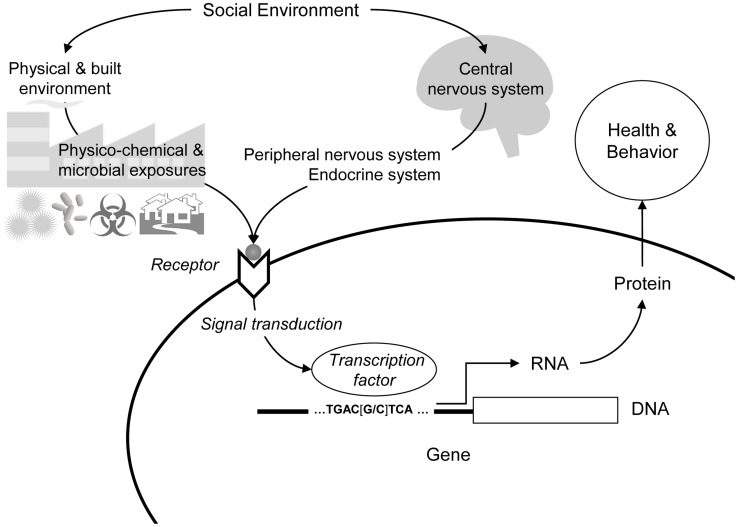Figure 1. Social regulation of human gene expression.
Social environments can influence human gene expression via physicochemical processes (e.g., toxins, pollutants, and microbes) and psychological processes (e.g., experiences of threat or uncertainty) that trigger neural and endocrine responses (e.g., activation of the sympathetic nervous system). In both cases, biochemical mediators engage cellular receptor systems, which activate intracellular signal transduction pathways culminating in the activation (or repression) of transcription factors that proximally regulate the transcription of genes bearing response elements for that particular factor. The gene regulatory “wiring diagram” that maps specific biochemical signals to specific gene expression responses represents an evolved genomic program that was presumably adaptive under ancestral conditions but may have distinct maladaptive effects in the very different social environments of contemporary human life.

